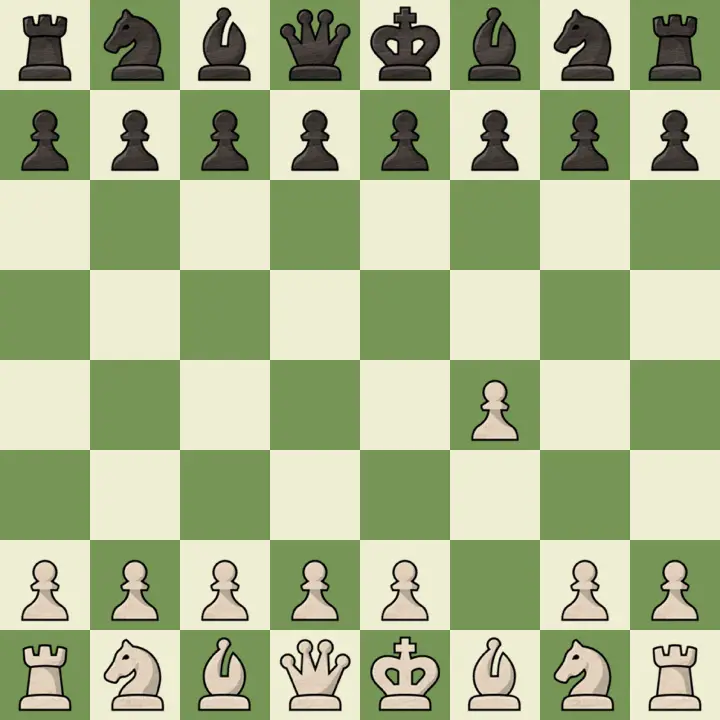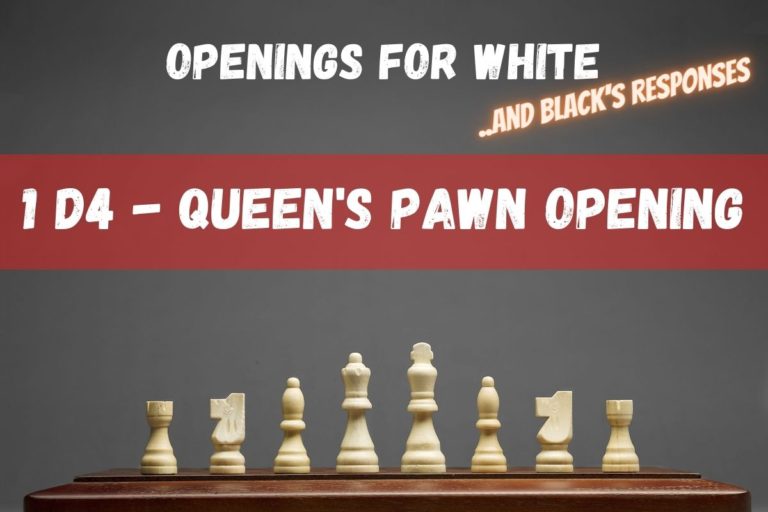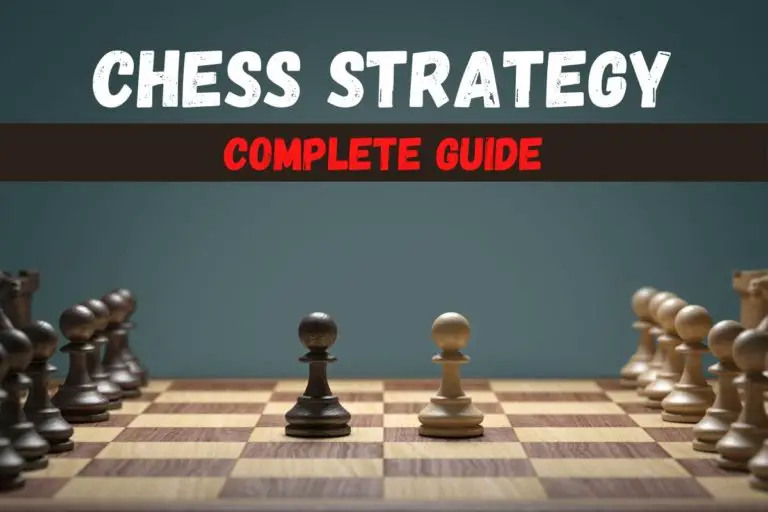Bird’s Opening in Chess (Dutch Attack and Froms Gambit)
⭐⭐⭐ Take 5 minutes to read and improve your chess game ➡️ : This article was first published on, and is Copyright of Chessquestions.com
Most people play the same openings over and over again, on occasion it is fun to surprise your opponent and take them out of their comfort zone, you need to try something different and that’s where Bird’s Opening comes in.
If you always do what you’ve always done, you’ll always get what you’ve always got. To improve your chess game, you need to be willing to experiment with new openings and positions.
The Bird’s Opening is a great way to catch your opponent off guard. This 1. f4 opening for white can lead to some very interesting positions that are not seen in most games. Although as we will see, there is a very good reason this is not a popular choice.

1. Birds Opening in Chess
Bird’s Opening is an opening for white in chess with the first move being 1. f4. Also known as the Dutch attack it is named after Henry bird and is A02-A03 in the Encyclopedia of chess. Known as a flank opening, it can catch opponents off guard and looks to control the e5 square.
2. What are the Moves for Bird’s Opening
The Bird’s Opening is signified by the single f file pawn moving 2 squares forward to f4.
You should be aware that white is at an immediate disadvantage and has to be very adept at playing this position, and with the onus very much being on controlling the e5 square.
3. Is the Dutch attack a Good Opening?
The dutch attack can be effective but only if you are a very good chess player. The lines are complicated and it should be part of a wider strategy in the game as white will be on the back foot from early in the game. While the focus is the e5 control, that square should not be let go, given the unorthodox effort placed in getting hold of it.
Bird’s Opening is not recommended for beginners. Even at the lower levels of chess, it is hard to gain an advantage once your own kingside has been weakened in this way.
How successful can it be?
When researching this opening for this article, I was surprised to find that on chess.com there was only a 32% win rate for white, starting with the move 2. f4.
| Result/Win | Frequency |
|---|---|
| White | 32.5% |
| Draw | 24.9% |
| Black | 42.6% |
Moreover, whilst 24% games were drawn, the disadvantage of Bird’s Opening is plain to see, when considering a 42% win rate for Black in games, featuring f4 as the first move.
4. How to Play Against the Birds opening
As we have seen, the plan for white using this opening is to gain control of the e5 square, and while that is considered one of the key central squares in chess, with this flank opening needs support from 2. Nf3, or 2. e3 (worse option), and further control from d4, White’s kingside is severely weakened and open for attack, so black should develop with a view to challenging for the squares white would use to support pressure on e5.
1…Nf6 should be black’s response to this opening. A good Dutch attack player will likely symmetrically develop their kingside Knight to f3 now, which targets the e5 square. Some will back up with 2. e3 but this would already be an even worse position for white.
In either scenario immediately black needs to play 2…c5, something that has been seen very few times in masters games, but controls the d4 square and opens up the queens diagonal, to prevent white from getting complete control of e5 by taking the opportunity of a third attacking piece to the square by moving 3. d4
If, white has played 2. e3 then 2…c5 has seen whites’ masters games win rate reduced to just 12.5% on chess.com.
What is quite astounding is just how often f4 is followed by e3, and what an opportunity it provides for Black to develop a really strong opening.
From’s Gambit
Another option for black when faced with Bird’s Opening is to play From’s Gambit.
From’s Gambit Moves:
- f4 e5 offering a free pawn to white

The point of black playing this gambit is taking advantage that white has weakened its kingside by playing 1. f4 and offering a pawn.
Froms gambit accepted
White can accept: 2. fxe4 and black will play either, 2…Nc6 or 2. d6. Should the latter prevail then the continued charge of the lone pawn to 3. exd6, but be careful with move 4
Watch out for 4…Qh4+ Checkmate
When Accepting Froms Gambit as white, and continuing with taking a second pawn, which may seem irresistible to be a pawn up so rapidly in the game, be aware that there is a checkmate threat with Qh4+
This can be prevented by playing 4. Nf3 to control the h4 square

Froms Gambit Declined
Of course, white may not accept the gambit and indeed, may be better not to do so, rather concentrate on further development and transposition to Kings Gambit, 2. e4 as a best-case scenario.
The option of 2. e3, looking at 3. Nf3 remain options but is probably inferior in the greater scheme of things.
More information can be found for the lines of Froms gambit here.
4. Pros and Cons of playing Birds opening
There are pluses and minuses in every opening, with Bird’s attack, most are cons, but playing against an unprepared black opponent, 1. f4 can throw a player off, who has rarely seen it and doesn’t know how to respond.
If white then has black play the Dutch variation 1…d5, it is then relatively safe to support the f pawn with 2. e3, because if black then decides to target d4, with 2…Nc6, white cal develop the Kingside knight 3. f6 which leads to a position in which white has increased the win rate in masters games to 40% where black has won just 29%

The key is entirely relying on black to start queenside and identifying that, to continue kingside development for white.
Is Bird’s Opening a good Choice?
The Bird’s Opening or Dutch attack is not a good choice for beginners learning chess opening given that there will be much accurate work required to redress the balance, especially if playing against an opponent who knows how to take advantage.
Conclusion
The Bird’s gambit is for experienced players only in competitive scenarios, where even then, it is advised against playing. At the beginner level some success can be gained as it is rare that an opponent will either play Froms gambit or know the best way to take advantage.
In any case, practice the opening and learn the lines well, and for a time you may have some success from this less well-known or popular opening for white.






